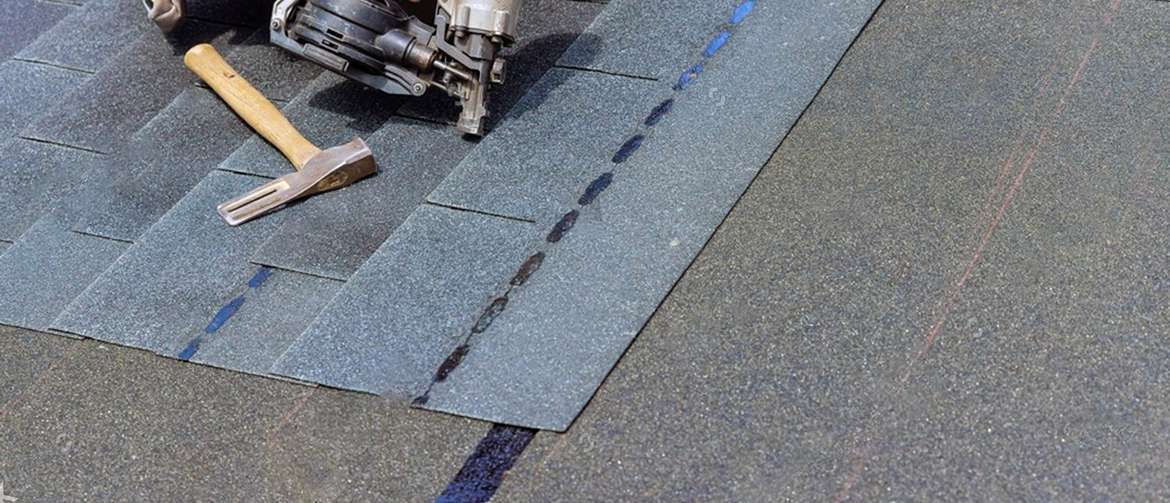Cold asphalt, like Bituroll's patented cold mix product, is an efficient and convenient method of maintaining and fixing roads. Compared to hot mix, traditionally used and heated before application, cold asphalt can be used without heating. This makes it ideal for repairs that are quick and urgent roadworks. This article will guide you through applying cold asphalt to lasting and durable road surfaces using Bituroll's cold-mix solutions.
1. Gather Your Materials
Before beginning, ensure you have the right tools and materials ready.
- Bituroll Cold Asphalt Mix
- A rake or shovel
- Tamper or compactor
- Security gear (gloves, goggles, reflective vest)
- A brush or broom to clean the surfaces
- Water (if required for adjustment of the moisture)
2. Prepare the Surface
Begin by clearing the area to be paved or repaired. Using a broom or a brush, remove debris, dirt, or plants and ensure the surface is clean and free of standing water
3. Apply the Cold Asphalt
Take the container or bag of Bituroll Cold Asphalt Mix and put it on your prepared surface. Utilize a shovel or Rake to spread the mix evenly across the entire area until you reach the desired thickness. For more substantial repairs, apply multiple layers of cold asphalt and compact each layer before applying the following.
4. Compact the Asphalt
After the cold asphalt has been uniformly distributed, employ a tamper or compactor to make the mixture more compact. Use firm pressure to ensure the packed cold mix densely sticks well to the surface. It is possible to compact the mix in layers to make it easier for heavier applications or more substantial repairs.
5. Shape and Smooth
Once the cold asphalt has been compacted, you can use a shovel or rake to form and smooth out the surface to be consistent with the surroundings. Be aware of transition areas and edges to ensure smooth and seamless finishing. Surfaces should be smooth and free of unattached gravel.
6. Allow for Curing
The cold asphalt has been applied to set and cure by the manufacturer's instructions. The time to cure will vary based on the conditions of the environment, including temperatures and humidity. Beware of traffic jams or other interruptions to curing.
7. Final Inspection and Touch-Ups
Once the cold asphalt has cured, inspect the repaired or paved surface to identify any flaws or areas requiring further attention. Use the additional cold mixture to fill in any gaps or repair spots as needed, then compact and shape it appropriately.
8. Clean Up
Clean equipment and tools with water right after use to keep the asphalt from solidifying and forming a bond to the surfaces. Get rid of all leftover material safely, by local laws.
Benefits of Bituroll Cold Asphalt
Utilizing Bituroll's cold asphalt, like Bituroll-C, provides several road repair and maintenance advantages.
- No heating is required: Cold asphalt can be applied straight out of the container or bag without the need to use specialized heating equipment, cutting down on energy usage.
- Multi-purpose: Bituroll cold asphalt mixes are suitable for performing various tasks, including repairing potholes, maintaining driveways, and patching.
- Long-term durability: Cold asphalt creates the strongest and longest-lasting bonds with the pavement, providing lasting outcomes even in high-traffic areas.
- Effective and cost-effective: Cold asphalt can be an economical solution to routine road maintenance, allowing quick repairs without the costs of producing hot mix asphalt.
Conclusion
The application of cold asphalt by Bituroll is an easy and reliable method of achieving robust road surfaces and performing prompt repairs. By following this step-by-step instruction, using Bituroll's cold mix solutions ensures your road maintenance tasks can be completed quickly and according to the highest standard. Consider Bituroll's cold-asphalt solutions to ensure long-lasting, reliable road repair that increases security and accessibility for pedestrians and motorists.

